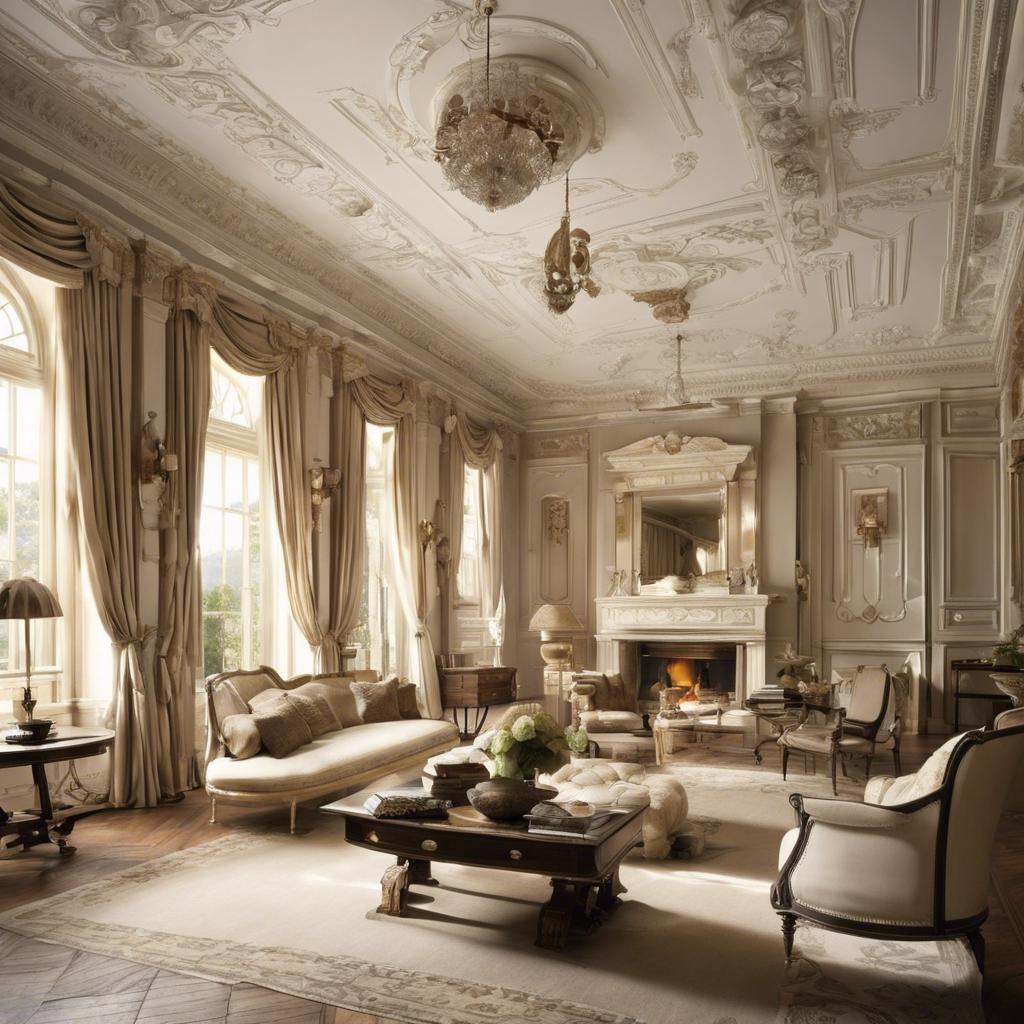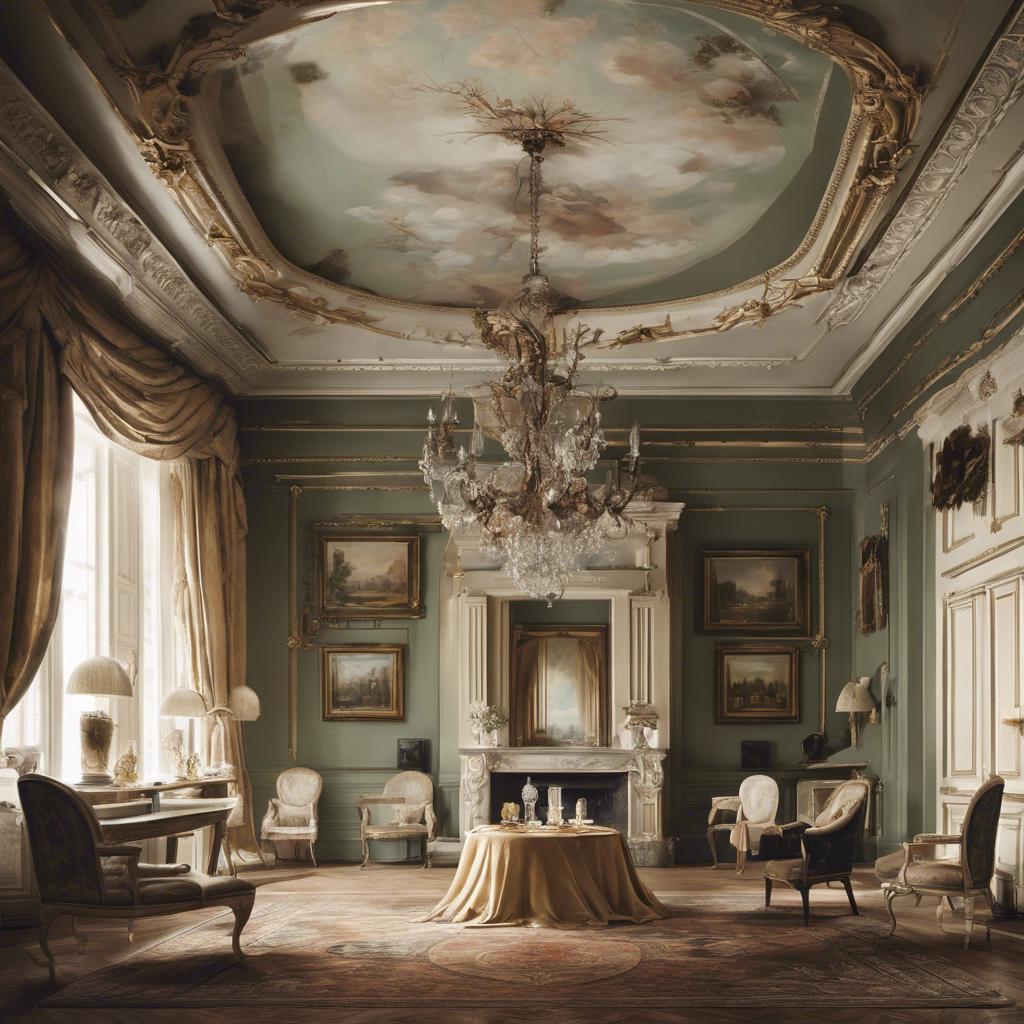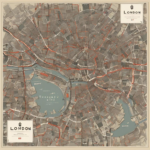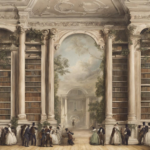The Regency era, spanning from 1811 to 1820, was a pivotal period in English history characterized by an elegant and sophisticated style known as Regency. From its unique architectural features to its distinctive fashion, the Regency era left a lasting impact on the cultural landscape of the time. In this article, we will explore what defines the Regency style and how it continues to influence design and fashion today.
Step Into the World of Cheryl Bolen
Dive into the enchanting stories of love, intrigue, and elegance set in the Regency Era. Cheryl Bolen's novels offer timeless romance and captivating tales that will leave you wanting more.
Explore Cheryl Bolen's Books Now
– The Origin and Characteristics of Regency Style in Architecture and Interior Design
Regency style in architecture and interior design originated in Britain during the early 19th century. This elegant and refined style emerged during the Regency era, which lasted from 1811 to 1820, when the Prince of Wales (later King George IV) ruled in place of his father. Influenced by the neoclassical and Georgian styles, Regency design features a unique blend of traditional and contemporary elements.
Characteristics of Regency style include:
– Symmetry and balance in architecture, with a focus on clean lines and geometric shapes.
– Use of classical motifs such as columns, pediments, and Greek key patterns.
– Incorporation of luxurious materials like marble, brass, and silk.
– Light color palettes, especially pale blues, greens, and pinks.
– Emphasis on natural light and open spaces to create an airy and spacious feel.
Regency style is known for its sophistication and understated glamour, reflecting the taste and refinement of the English upper class during the early 19th century. This timeless aesthetic continues to inspire architects and interior designers today, who reinterpret its classic elements in a modern context. Whether in grand mansions or contemporary homes, Regency style exudes elegance and grace, making it a timeless choice for those who appreciate timeless beauty in design.
– Regency Era Fashion and Its Influence on Modern Trends
The Regency Era, which spanned from 1811 to 1820, was a time of elegance and refinement in fashion. Influenced by the neoclassical style of ancient Greece and Rome, Regency fashion is characterized by its Empire waistlines, flowing fabrics, and delicate embellishments. Women’s clothing featured high-waisted dresses with empire silhouettes, lightweight fabrics such as muslin and silk, and intricate details like lace and embroidery.
One of the key elements of Regency fashion that has endured through the centuries is the empire waistline. This style, which places the waistline just below the bust, creates a flattering and elongated silhouette that has remained popular in modern fashion. Many designers today still draw inspiration from Regency fashion, incorporating empire waistlines into their collections to create a timeless and elegant look.
Additionally, the use of flowing fabrics like muslin and silk in Regency fashion has had a lasting impact on modern trends. These lightweight and airy fabrics are not only luxurious but also versatile, making them a popular choice for formal and casual wear alike. The combination of flowing fabrics and delicate embellishments continues to be a staple of modern fashion, showcasing the enduring influence of the Regency Era on contemporary style.
– How to Incorporate Regency Style into Your Home Decor
Regency style is a design aesthetic that originated in the early 19th century during the Regency era in Britain, which lasted from 1811 to 1820. It is characterized by elegance, symmetry, and a sense of refined luxury. Drawing inspiration from Greek and Roman classical art, Regency style features clean lines, muted color palettes, and opulent materials such as silk, velvet, and mahogany.
To incorporate Regency style into your home decor, consider the following tips:
- Furniture: Opt for pieces with straight lines, tapered legs, and intricate details like inlays or carvings. Look for chaises lounges, velvet sofas, and wingback chairs to add a touch of Regency elegance to your living space.
- Color Palette: Stick to a muted color palette of soft pastels, creams, and grays to create a sense of sophistication. Accentuate with pops of color such as deep blues or rich purples for a regal touch.
- Accessories: Decorate with ornate mirrors, crystal chandeliers, and gilded picture frames to enhance the opulence of your Regency-inspired decor. Incorporate botanical prints, damask patterns, and silk draperies to capture the essence of the era.
For a quick reference, here is a table showcasing key elements of Regency style:
| Element | Description |
|---|---|
| Furniture | Straight lines, tapered legs |
| Color Palette | Soft pastels, creams, grays |
| Accessories | Ornate mirrors, crystal chandeliers |
– Preserving the Elegance and Sophistication of Regency Style in Contemporary Design Trends
Regency style, often associated with the early 19th century, specifically refers to the period between 1811 and 1820 when King George III was deemed unfit to rule and his son, the Prince of Wales, served as his proxy as Regent. This era was marked by a sense of refinement and elegance in interior design, fashion, and architecture.
In contemporary design trends, the essence of Regency style can be preserved by incorporating key elements that reflect the sophistication of the period. This includes using rich fabrics such as silk and velvet, ornate gilded accents, and classical motifs like Greek key patterns and acanthus leaves. Combining these elements with modern touches can create a timeless and luxurious aesthetic that pays homage to the Regency era.
To maintain the timeless allure of Regency style in today’s interiors, it is essential to balance traditional elements with a contemporary sensibility. This can be achieved by blending antique furniture pieces with sleek, modern finishes, creating a harmonious contrast that highlights the elegance of Regency design. Additionally, choosing a neutral color palette with pops of bold hues can bring a fresh and updated look to a space while still honoring the classic allure of Regency style.
Wrapping Up
the Regency style emerged during the early 19th century in Britain, influenced by the elegant and refined tastes of the era’s social elite. Characterized by its focus on classical motifs, simplicity, and symmetry, Regency style continues to inspire designers and enthusiasts to this day. As we continue to appreciate and reinterpret this timeless aesthetic, we honor the legacy of a bygone era that continues to shape our understanding of beauty and sophistication.


